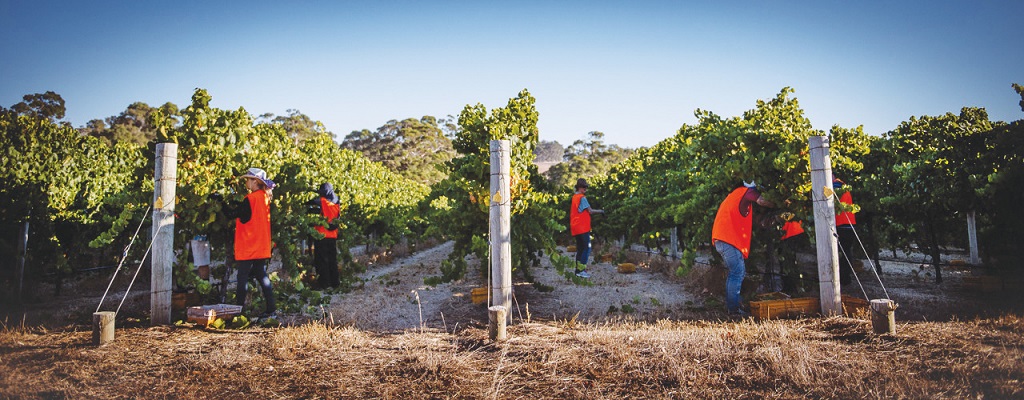Award wage increases for the wine industry

By Stephen O’Loughlin
With the passing of the 2020-21 financial year, several award wages, including those within the wine industry, received a marginal increase following an Annual Wage Review undertaken by the Fair Work Commission (FWC).
The Modern Award minimum wages have been increased by 2.5%, but industries hard-hit by the COVID-19 pandemic have been afforded some relief under the Annual Wage Review, with the increase in particular award rates operating from a date later than 1 July 2021.
The South Australian Wine Industry Association (SAWIA) made submissions to the FWC arguing that any increase should be no more than inflation and that the operative date for the Wine Industry Award 2020 should be later in the year given the impact if COVID-19 on the industry.
As a result of SAWIA’s successful advocacy, the Wine Industry Award 2020 increase has been delayed until the first full pay period on or after 1 November this year.
In terms of Modern Award coverage, the Wine Industry Award 2020 has the greatest application in the wine industry, covering cellar workers, vineyard workers, cellar door sales employees, bottling, warehousing and laboratory employees.
Other common Modern Awards in the wine industry include Clerks – Private Sector 2020 (clerical and administrative employees) and Restaurant Industry Awards 2020 (restaurant, café and functions staff).
Pay guides for the Wine Industry Award 2020, Clerks – Private Sector 2020 and Restaurant Industry Awards 2020, along with other relevant information can be found on the FWC website at www.fairwork.gov.au.
However, it is important to be conscious that award-coverage can be complex to determine and that there are employees who are not covered by the Modern Award and referred to as award-free.
Meanwhile, the superannuation guarantee has also increased from 9.5% to 10% from 1 July, while further increases of 0.5% per year are intended from 1 July 2022 until it reaches 12% from 1 July 2025 onwards.
Salary and benefits survey
Data analysis from the 22nd National Wine Industry Salary & Benefits Survey Report, conducted yearly by SAWIA, looked into the salary and benefits practices and trends across 60 wine industry positions, with over 40 companies participating from South Australia, Victoria, New South Wales, Western Australia and Tasmania.
It revealed that the highest average base salaries were for chief winemaker, general manager and operations manager roles.
Cars, fuel, professional subscriptions, wine allowances and mobile phones for no-work use were the most common benefits provided to employees, while two out of three companies offered incentives and performance-based schemes such as bonuses or commissions, with one-off cash payments being the most widely used format to meet these programs.
Age breakdown statistics confirmed that more than 30% of employees were aged 50 or above, with only 19% of the wine industry workforce under the age of 29.
The national industry continues to be male-dominated, but the gap is shortening, with a gender split of 59% male and 41% female.
As anticipated, compared to pre-COVID levels in 2019, less vintage workers were engaged during the 2021 vintage.
“Wineries were still able to successfully complete this vintage, which, according to Wine Australia’s latest National Vintage Report, was the largest on record,” said SAWIA chief executive Brian Smedley.
“However, given that border closures are likely to remain in place in 2021 and 2022, it will be important to plan ahead of the 2022 vintage and consider a range of recruitment options.”
Results from the 2021 National Wine Industry Salary and Benefits Survey are available to purchase from SAWIA via its website at: www.winesa.asn.au/our-services/workplace-relations-human-resources/wine-industry-salary-benefits-survey.
The survey report, the only wine industry specific salary resource, helps business owners know where they sit in relation to salaries and benefits and assists with recruiting and retaining key talent.



